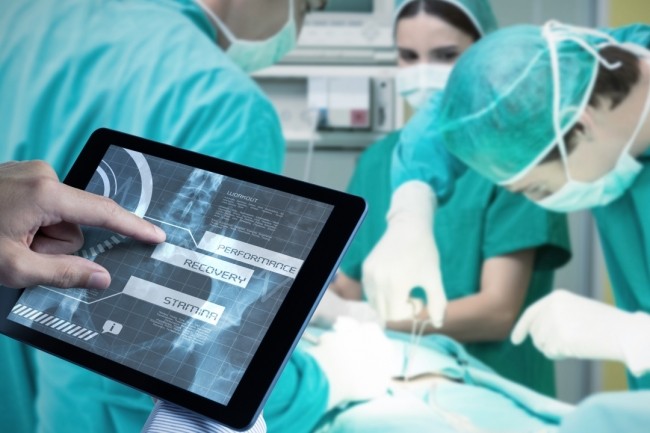What process for creating connected health objects and what are their potential benefits in advancing healthcare? Many of you are still questionning it and I will humbly try here to provide some insights.
In recent years, the Internet of Things (IoT) has revolutionized various industries, and healthcare is no exception. Connected health objects, powered by IoT technology, have emerged as powerful tools in the healthcare sector. These devices and objects, ranging from wearables to smart medical devices, have the potential to transform healthcare delivery, improve patient outcomes, and enhance overall wellness.

Understanding Connected Health Objects
Connected health objects are physical devices equipped with sensors, processors, and wireless connectivity, enabling them to collect, transmit, and analyze health-related data.
These objects can include wearable fitness trackers, smartwatches, remote patient monitoring devices, connected medical devices, and even implantable sensors. By seamlessly integrating with existing healthcare systems, they provide real-time insights and actionable data for patients, caregivers, and healthcare professionals.
Design and Development
The creation of connected health objects involves a multidisciplinary approach, combining healthcare expertise, electronics engineering, software development, and user experience design. The key considerations in their design and development include:
- Sensor Integration: Selecting appropriate sensors to capture relevant health data, such as heart rate, blood pressure, temperature, glucose levels, or movement patterns.
- Connectivity: Incorporating wireless technologies like Bluetooth, Wi-Fi, or cellular networks for data transmission to mobile applications or cloud platforms.
- Data Security: Implementing robust security measures to protect sensitive patient data from unauthorized access or breaches.
- Power Management: Optimizing power consumption to ensure the longevity of battery life, particularly for wearable devices.
- User Interface and Experience: Creating intuitive interfaces and user-friendly experiences for both patients and healthcare professionals.
Data Collection and Analysis
Connected health objects generate vast amounts of health data, which can be leveraged to gain valuable insights.
- Data Gathering: Collecting health-related data from various sensors embedded in the connected health objects, including vital signs, activity levels, sleep patterns, and environmental factors.
- Cloud Integration: Transmitting collected data to secure cloud platforms, allowing for storage, analysis, and seamless accessibility by healthcare providers and patients.
- Data Analytics: Employing data analytics techniques, such as machine learning algorithms, to extract meaningful patterns, identify anomalies, and provide predictive analytics for early detection of health issues.
Benefits and Impact of Connected Health Objects
The widespread adoption of connected health objects can have significant benefits and impact on healthcare:
Some connected health objects enable remote patient monitoring, allowing healthcare providers to remotely track patients’ vital signs, medication adherence, and overall health status, reducing hospital visits and improving patient convenience. By continuously monitoring health data, connected health objects empower individuals to take proactive control of their health, enabling personalized insights and interventions for disease prevention and management. Real-time health data collected by connected health objects can aid healthcare professionals in making accurate diagnoses, designing personalized treatment plans, and monitoring treatment effectiveness. Last but not least, aggregating and analyzing data from a large number of connected health objects can provide population-level insights, assisting in disease surveillance, public health interventions, and resource allocation.
As the adoption of connected health objects continues to grow, it is crucial to address privacy concerns, ensure data security, and foster collaboration between healthcare providers, technology developers, and regulatory bodies.
In conclusion, connected health objects have the potential to revolutionize healthcare by leveraging IoT technology to provide real-time health monitoring, personalized care, and improved treatment outcomes both at individual and population level. Their successful creation requires expertise in healthcare, electronics, software development, and user experience design. Hiring dedicated expert resources to develop in compliance with medical regulations and norms is also a key success factor.
As the adoption of connected health objects continues to grow, it is crucial to address privacy concerns, ensure data security, and foster collaboration between healthcare providers, technology developers, and regulatory bodies. By embracing this transformative technology, healthcare will become even more proactive and personalized.


